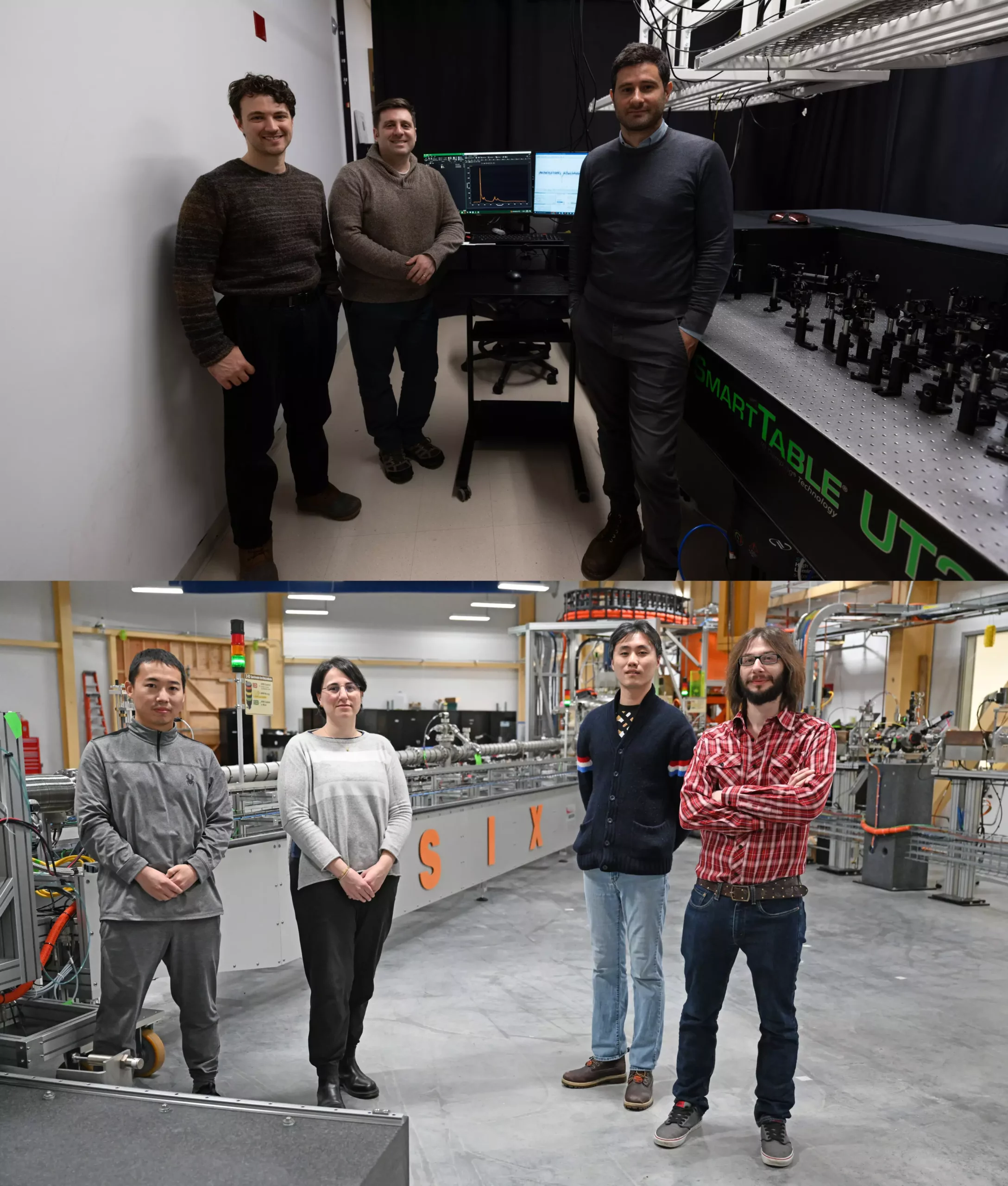Single-photon emitters (SPEs) are revolutionizing the field of quantum technology by acting as microscopic lightbulbs that emit only one photon at a time. These tiny structures, akin to quantum of light, are essential for secure communications, high-resolution imaging, and various other quantum applications. One material that has received significant attention for its SPE properties is hexagonal boron nitride (hBN). Since SPEs were discovered within hBN in 2015, the material has become a focal point for researchers due to its layered structure and ease of manipulation.
A recent study published in Nature Materials has shed light on the properties of hBN, providing significant insights into the mechanisms governing the development and function of SPEs within the material. The collaborative effort involved researchers from the Advanced Science Research Center at the CUNY Graduate Center, the National Synchrotron Light Source II (NSLS-II) user facility at Brookhaven National Laboratory, and the National Institute for Materials Science. This multidisciplinary team, led by Gabriele Grosso and Jonathan Pelliciari, utilized advanced techniques such as X-ray scattering and optical spectroscopy to uncover a fundamental energy excitation at 285 millielectron volts.
The study revealed that this excitation triggers the generation of harmonic electronic states within hBN, which in turn give rise to single photons. These harmonics, analogous to musical notes produced across octaves, correlated with the energies of SPEs observed in various experiments worldwide. The identification of this harmonic energy scale provided a common underlying origin for SPEs in hBN, reconciling previous discrepancies in research findings. According to Grosso, the discovery allowed researchers to organize and connect diverse observations that were previously thought to be disconnected, akin to different notes on the same music sheet.
While defects in hBN are responsible for its unique quantum emissions, they present a significant challenge for researchers attempting to study them. Defects are highly localized and hard to replicate, making them one of the most difficult physical phenomena to analyze. Despite these challenges, the researchers believe that their findings serve as a stepping stone for studying defects in other materials containing SPEs. Understanding quantum emission in hBN has the potential to drive advancements in quantum information science and technologies, facilitating secure communications and enabling powerful computation that can accelerate research efforts.
The implications of the team’s work extend beyond hBN, offering a new understanding of defects in materials containing SPEs. This research is exciting because it connects measurements across a wide range of optical excitation energies, from single digits to hundreds of electron volts. As Enrique Mejia, a Ph.D. student in Grosso’s lab and lead author of the study, noted, the results have the potential to advance quantum technology and pave the way for more secure and efficient communication systems.
The study on single-photon emitters in hexagonal boron nitride represents a significant milestone in quantum technology research. By unraveling the fundamental properties of hBN and its unique quantum emissions, researchers have opened up new possibilities for quantum information science and technologies. The collaborative nature of the study and the insights gained from harmonics and energy excitations within hBN highlight the potential for further advancements in this exciting field.


Leave a Reply